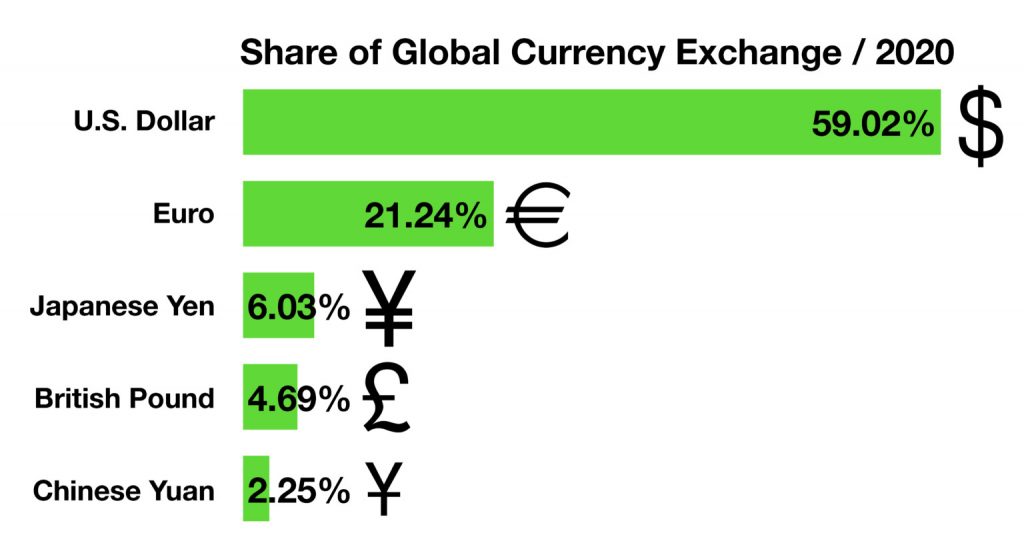Kerby Anderson
The US dollar has been the reserve currency of the world since the Bretton Woods agreement in 1944. The dollar has been the currency of international trade and a global unit of account. But now, de-dollarization is taking place.
In the past, central banks around the world stockpiled dollars more than any other currency. But that is changing. In the last ten years, the market share of the US dollar has dropped from 71 percent to 59 percent.
Earlier this month, China and Brazil reached an agreement to settle trades in one another’s currencies forgoing the use of the dollar as an intermediary. This is merely the latest in a trend of nations switching from the dollar to another currency, often the Chinese yuan.
Russia is also using the yuan and increasing its percentage in their currency reserves. China and India (the two largest economies in Asia) have launched programs to lessen the dollar’s dominance over international trade. And the reserve bank of India permits central banks from 18 countries (including countries in Africa) to open accounts and settle payments in Indian rupees to de-dollarize trade.
This is happening for two significant reasons. First, Presidents Obama and Biden have used the dollar as a weapon against Russia aggression. When were able to freeze dollar reserves in Russia’s central bank, US dollars looked less appealing to other countries. They began to dump dollars and get out while they still can.
Second, the last few presidents spent too much. If you want the rest of the world to trust your currency, it doesn’t help when the government consistently prints too many dollars and makes the US dollar worth less each year.
If other countries no longer want our dollars, they will come flooding back to this country. That flood will compete with goods and services and make our inflation even worse.
 Listen Online
Listen Online Watch Online
Watch Online Find a Station in Your Area
Find a Station in Your Area










 Listen Now
Listen Now Watch Online
Watch Online
